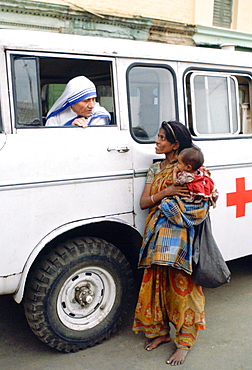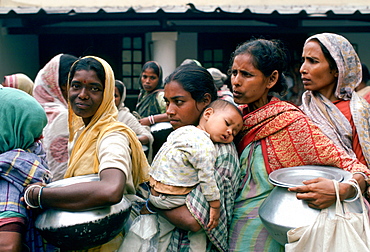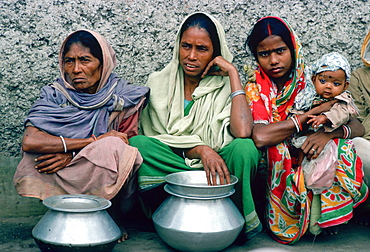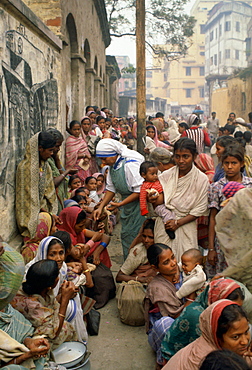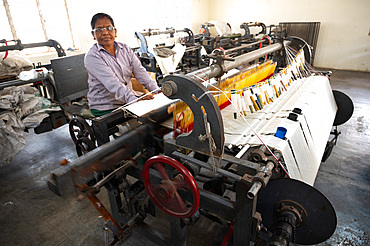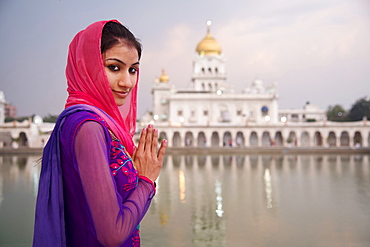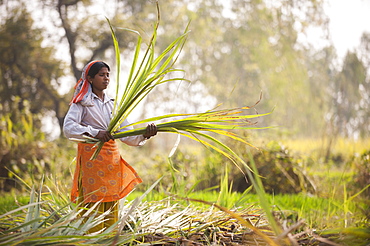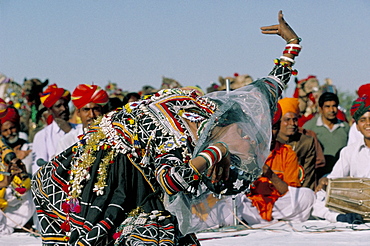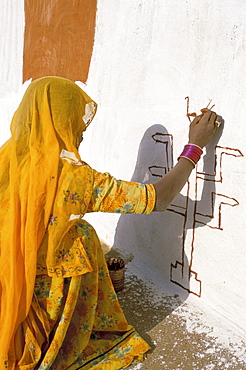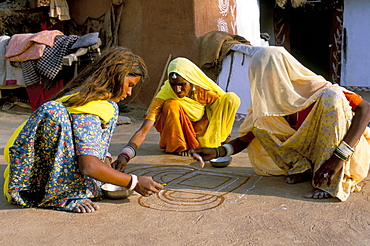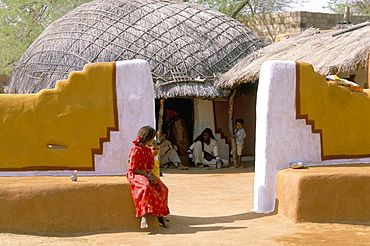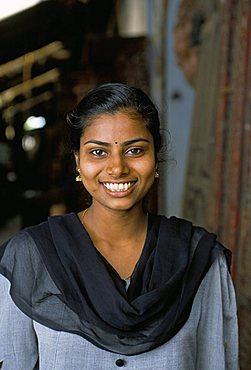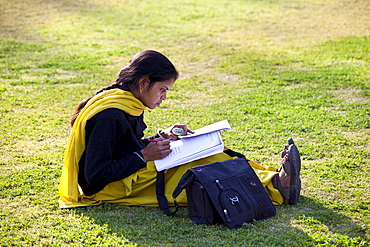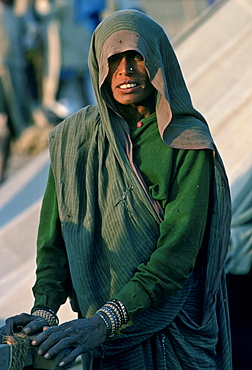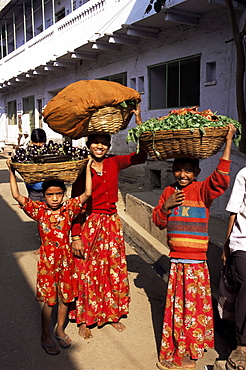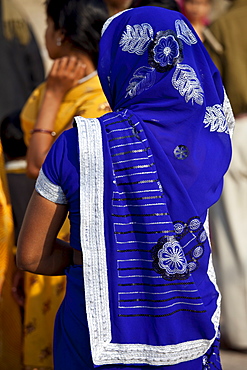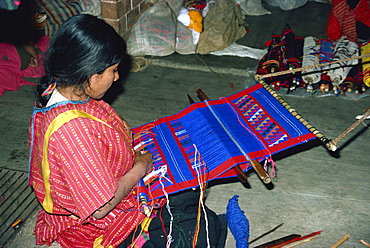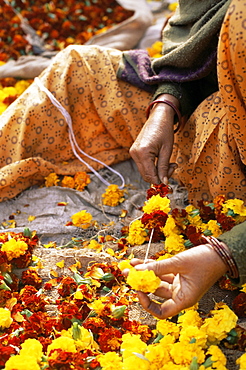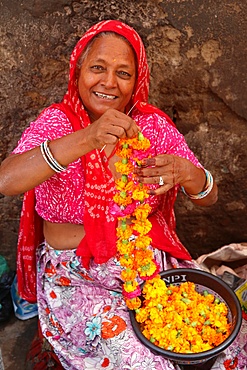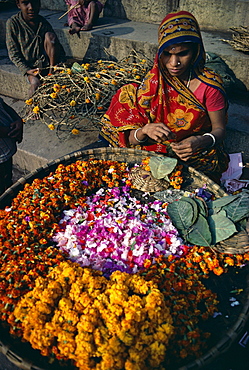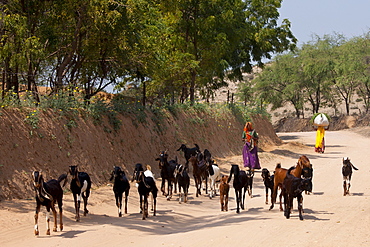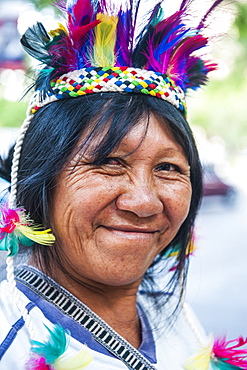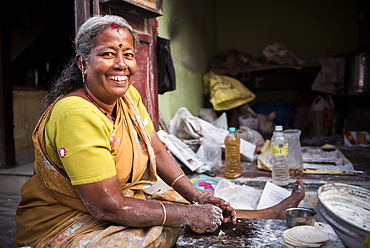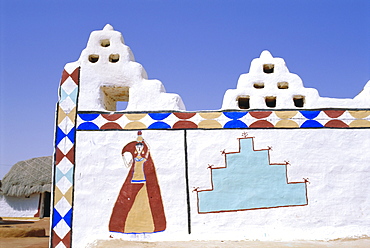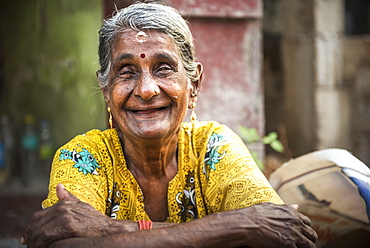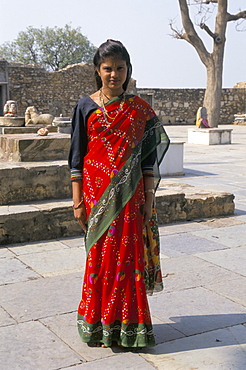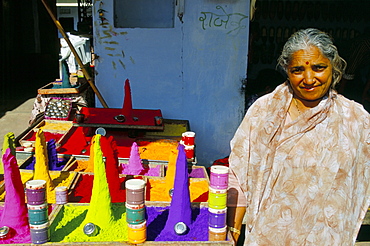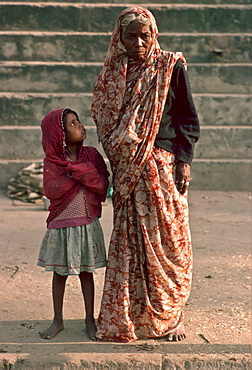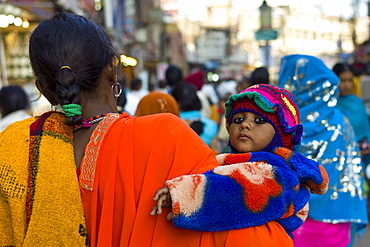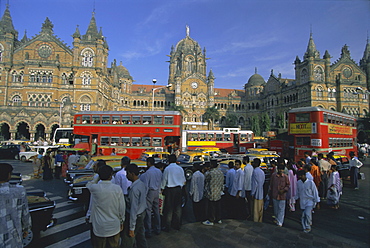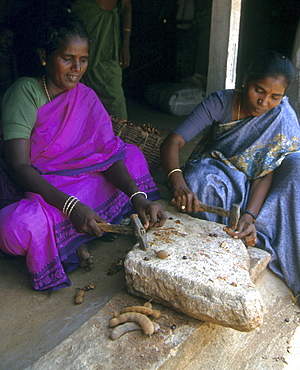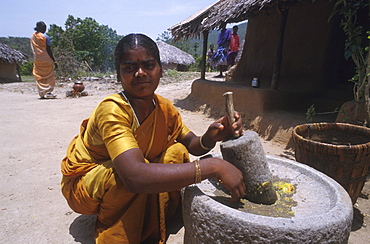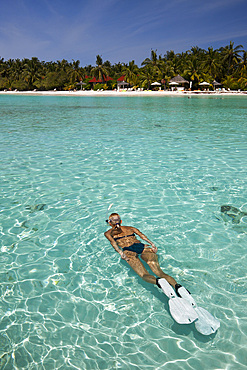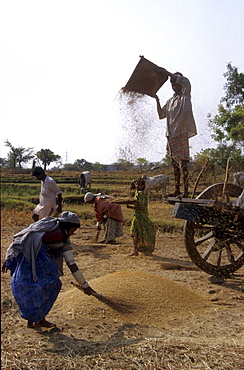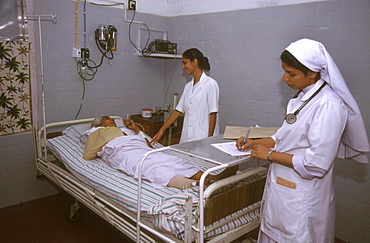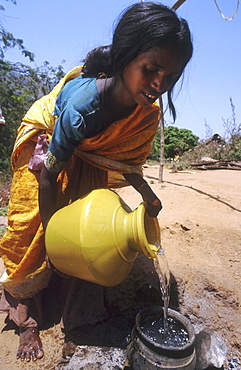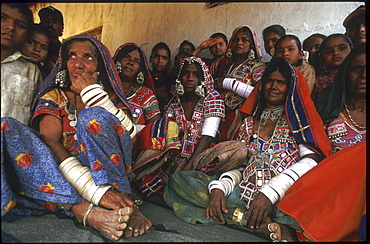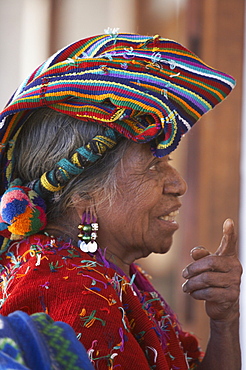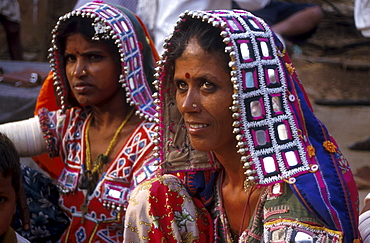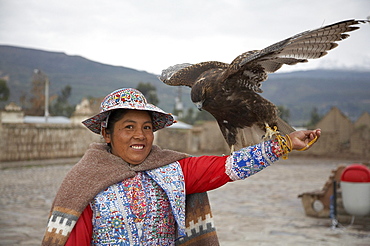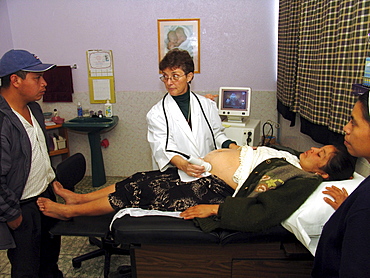Results
« Previous 1 … 5 6 7
613 results found
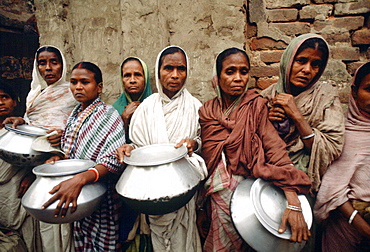
The poor queuing for food outside Mother Teresa's Mission in Calcutta, India. The women are carrying metal pots in which to carry the food back to their families.
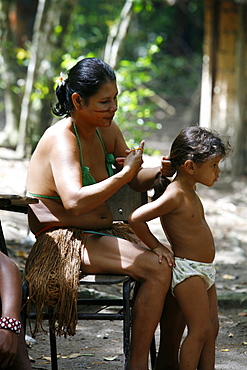
Pataxo Indian people at the Reserva Indigena da Jaqueira near Porto Seguro, Bahia, Brazil, South America
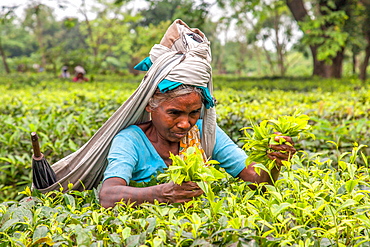
Indian woman dressed with the typical colored frock collects the green tea leaves in the plantations of Bagdogra, Darjeeling, India, Asia
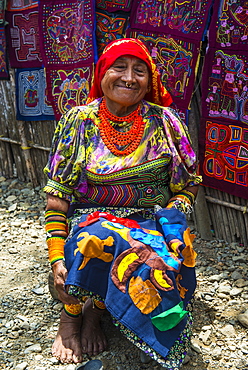
Tradfitional dressed Kuna Indian woman, Achutupu, San Blas Islands, Kuna Yala, Panama, Central America
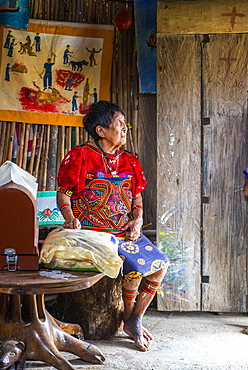
Tradfitional dressed Kuna indian woman, Achutupu, San Blas Islands, Kuna Yala, Panama, Central America
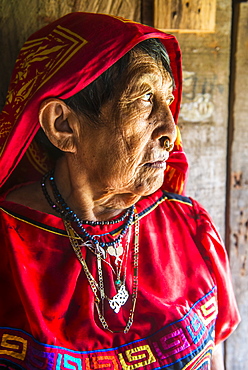
Close up of a tradfitional dressed Kuna indian woman, Achutupu, San Blas Islands, Kuna Yala, Panama, Central America
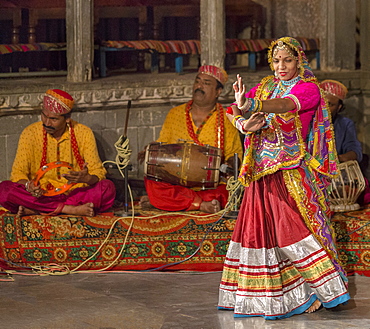
An Indian woman wearing a multi-coloured costume performs a Rajasthani folk dance, with musicians playing acoustic instruments, Udaipur, Rajasthan, India, Asia
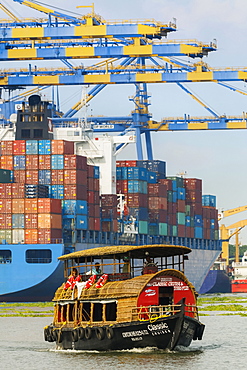
Tourist boat near container ship and cranes at Vallarpadam Container Terminal, a major Indian port, Kochi (Cochin), Kerala, India, Asia
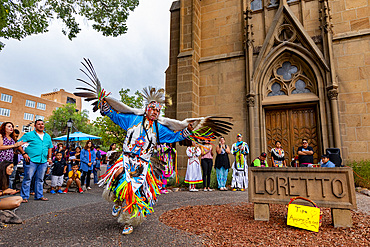
Santa Fe Indian Market participants in traditional regalia perform in downtown Santa Fe, New Mexico, United States of America, North America
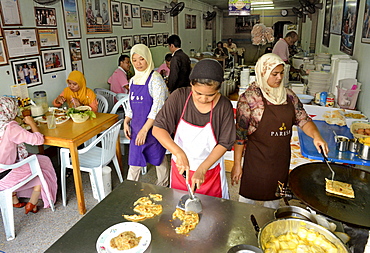
Muslim shop serving martabak, a kind of Malaysian-Indian pancake, Phuket town, Thailand, Southeast Asia, Asia
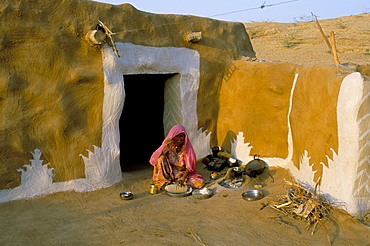
Woman cooking outside house with painted walls, village near Jaisalmer, Rajasthan state, India, Asia
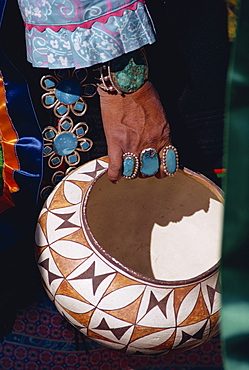
Close-up of turquoise jewellery on the hand of an Indian holding a decorated bowl, New Mexico, United States of America, North America
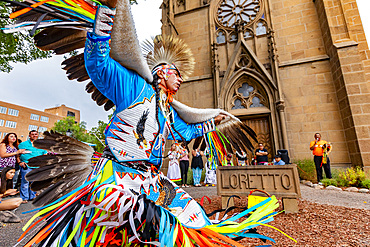
Santa Fe Indian Market participants in traditional regalia perform in downtown Santa Fe, New Mexico, United States of America, North America
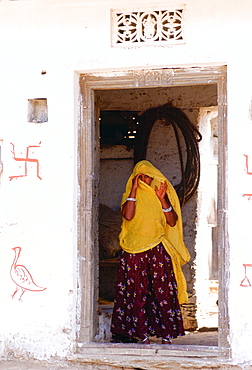
Woman villager hiding face with veil in doorway of home in Nalu, Rajasthan, India. The Swastika is a ancient symbol of good luck in India.

Woman selling flowers and herbs for temple offerings by The Golden Temple during Festival of Shivaratri in holy city of Varanasi, India
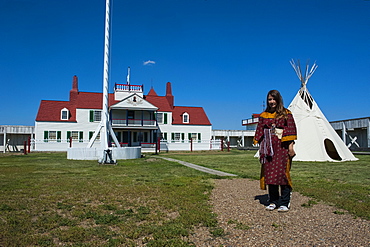
Indian dressed girl in front of a wigwam in Fort Union, North Dakota, United States of America, North America
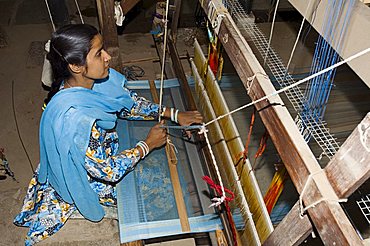
A woman weaving at one of the cooperatives in an area that is famous for its saris, Maheshwar, Madhya Pradesh state, India, Asia
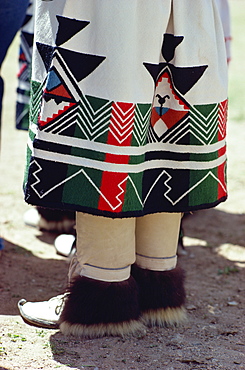
Close-up of the skirt and shoes from the costume of an Indian Buffalo Dancer, San Juan, New Mexico, United States of America, North America
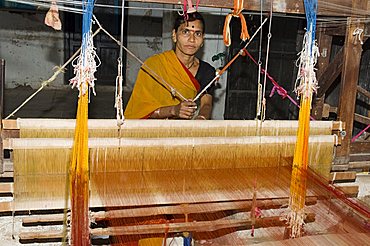
A woman weaving at one of the cooperatives in an area that is famous for its saris, Maheshwar, Madhya Pradesh state, India, Asia
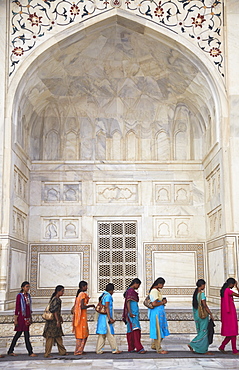
Indian women standing in line at Taj Mahal, UNESCO World Heritage Site, Agra, Uttar Pradesh, India, Asia

Drying washing with Ahilya Fort behind, now a heritage hotel, on the banks of the Narmada River, Maheshwar, Madhya Pradesh state, India, Asia
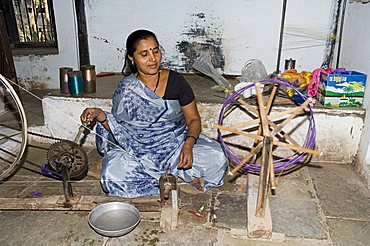
A woman spinning at one of the cooperatives in an area that is famous for its saris, Maheshwar, Madhya Pradesh state, India, Asia
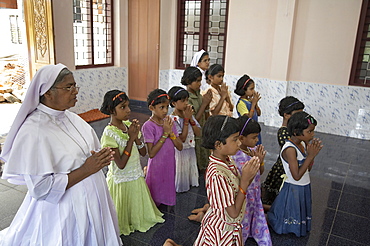
India. Nuns and girls at prayer. Mary matha bala bhavan, a girls orphanage run by syro-malabar catholic missionary sisters of mary immaculate (msmi), chamal village, thamarassery diocese, khozikode, kerala. 2007
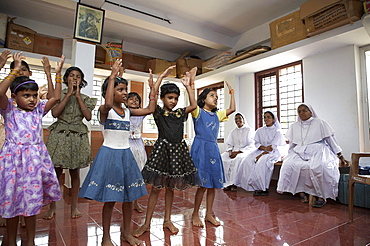
India. Dancing girls. Mary matha bala bhavan, a girls orphanage run by syro-malabar catholic missionary sisters of mary immaculate (msmi), chamal village, thamarassery diocese, khozikode, kerala. 2007
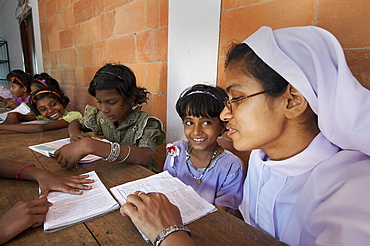
India. Study and reading time, helped by sister bincy joseph.Mary Matha bala bhavan, a girls orphanage run by syro-malabar catholic missionary sisters of mary immaculate (msmi), chamal village, thamarassery diocese, khozikode, kerala. 2007
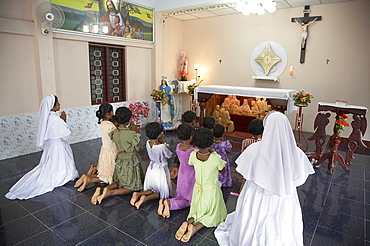
India. Nuns and girls at prayer. Mary matha bala bhavan, a girls orphanage run by syro-malabar catholic missionary sisters of mary immaculate (msmi), chamal village, thamarassery diocese, khozikode, kerala. 2007
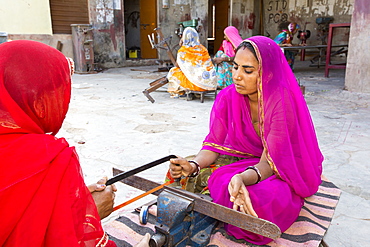
Women constructing solar cookers at the Barefoot College in Tilonia, Rajasthan, India. The Barefoot College is a worldwide charity, founded by Bunker Roy, its aims are, education, drinking water, electrification through solar power, skill development, health, women empowerment and the upliftment of rural people. The use of the cookers, vastly reduces the amount of fire wood women have to go out and collect from the forest.
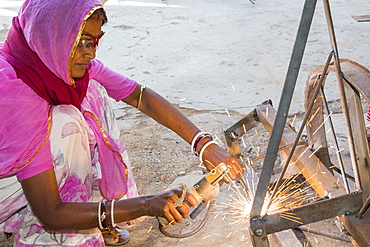
Women welding joints during the construction of solar cookers at the Barefoot College in Tilonia, Rajasthan, India. The Barefoot College is a worldwide charity, founded by Bunker Roy, its aims are, education, drinking water, electrification through solar power, skill development, health, women empowerment and the upliftment of rural people. Solar cookers save women having to walk to the froest to cut down wood for cooking, thus saving the forests, and a daily chore for woman.
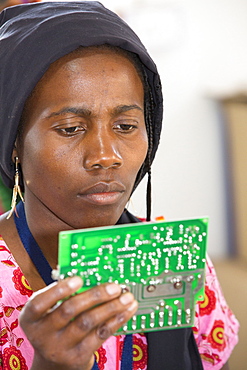
Women on a solar workshop, learning how to make solar lanters at the Barefoot College in Tilonia, Rajasthan, India. The Barefoot College is a worldwide charity, founded by Bunker Roy, its aims are, education, drinking water, electrification through solar power, skill development, health, women empowerment and the upliftment of rural people. Many of the women are iliterate or semi literate. They are trained from countries all over the world, so that they can take their skills back and cascade the learning.
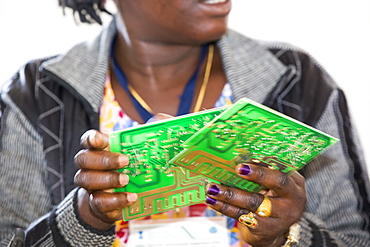
Women on a solar workshop, learning how to make solar lanters at the Barefoot College in Tilonia, Rajasthan, India. The Barefoot College is a worldwide charity, founded by Bunker Roy, its aims are, education, drinking water, electrification through solar power, skill development, health, women empowerment and the upliftment of rural people. Many of the women are iliterate or semi literate. They are trained from countries all over the world, so that they can take their skills back and cascade the learning.
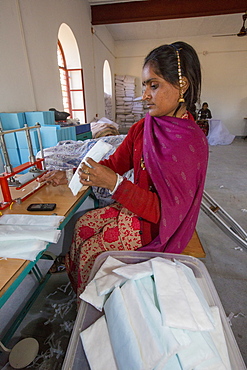
A disabled women making nappies at the Barefoot College in Tilonia, Rajasthan, India. The Barefoot College is a worldwide charity, founded by Bunker Roy, its aims are, education, drinking water, electrification through solar power, skill development, health, women empowerment and the upliftment of rural people.
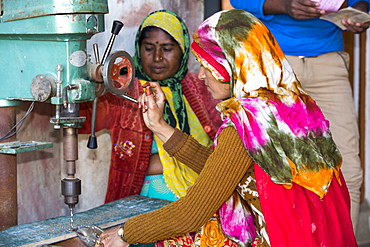
Women building solar cookers at the Barefoot College in Tilonia, Rajasthan, India. The Barefoot College is a worldwide charity, founded by Bunker Roy, its aims are, education, drinking water, electrification through solar power, skill development, health, women empowerment and the upliftment of rural people.
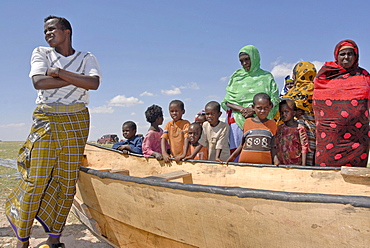
Hardest hit was a 650 kilometers stretch of the somali coastline between garacad (mudung region) and xaafuun (bari region), which forms part of the puntland province near the horn of africa. The tsunami resulted in the death of some 300 people and extensive destruction of shelters, houses and water sources as well as fishing gear. The livelihoods of many people residing in towns and small villages along the somali indian ocean coastline, particularly in the northern regions, were devastated

Hardest hit was a 650 kilometers stretch of the somali coastline between garacad (mudung region) and xaafuun (bari region), which forms part of the puntland province near the horn of africa. The tsunami resulted in the death of some 300 people and extensive destruction of shelters, houses and water sources as well as fishing gear. The livelihoods of many people residing in towns and small villages along the somali indian ocean coastline, particularly in the northern regions, were devastated

Eyl is a town in somalias puntland state. The prominent clan in eyl district are yonis idiris, a sub-clan of isse mahamud, which in turn is a sub-clan of majeerteen. Eyl is near the hafun peninsula, the location of most of somalias casualties from the 2004 indian ocean tsunami., the tsunami resulted in the death of some 300 people and extensive destruction of shelters, houses and water sources as well as fishing gear. The livelihoods of many people residing in towns and small villages along the somali indian ocean coastline, particularly in the northern regions, were devastated

Hardest hit was a 650 kilometers stretch of the somali coastline between garacad (mudung region) and xaafuun (bari region), which forms part of the puntland province near the horn of africa. The tsunami resulted in the death of some 300 people and extensive destruction of shelters, houses and water sources as well as fishing gear. The livelihoods of many people residing in towns and small villages along the somali indian ocean coastline, particularly in the northern regions, were devastated

Hardest hit was a 650 kilometers stretch of the somali coastline between garacad (mudung region) and xaafuun (bari region), which forms part of the puntland province near the horn of africa. The tsunami resulted in the death of some 300 people and extensive destruction of shelters, houses and water sources as well as fishing gear. The livelihoods of many people residing in towns and small villages along the somali indian ocean coastline, particularly in the northern regions, were devastated
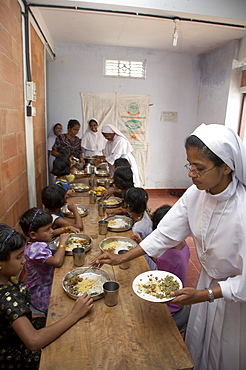
India. Sister bincy joseph aruviyil serving, during mealtime at the mary matha bala bhavan, a girls orphanage run by syro-malabar catholic missionary sisters of mary immaculate (msmi), chamal village, thamarassery diocese, khozikode, kerala. 2007
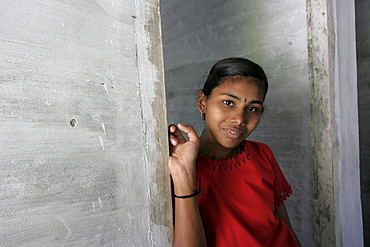
India visits to post, tsunami site in srayickadu kollom, kerala, where cnewa funds relief efforts through the social services office of the syro, malankar church. Family of shaji gobal (47), fisherman, his wife jayasree (38) and their surviving daughter shinthu (15). They lost their other daughter, chikku (17) in the disaster. Note that the new house which they are in was built and donated by the matha amrithanandamayi mssion ashram, as were 1300 other houses in the area. Cnewa had managed to build one house during the 13 months since the disaster. Sp1140194

Eyl is a town in somalias puntland state. The prominent clan in eyl district are yonis idiris, a sub-clan of isse mahamud, which in turn is a sub-clan of majeerteen. Eyl is near the hafun peninsula, the location of most of somalias casualties from the 2004 indian ocean tsunami., the tsunami resulted in the death of some 300 people and extensive destruction of shelters, houses and water sources as well as fishing gear. The livelihoods of many people residing in towns and small villages along the somali indian ocean coastline, particularly in the northern regions, were devastated
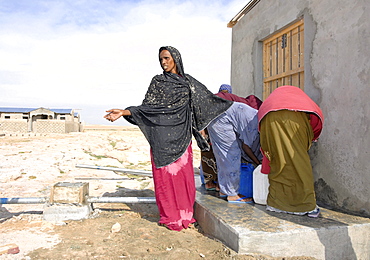
Hardest hit was a 650 kilometers stretch of the somali coastline between garacad (mudung region) and xaafuun (bari region), which forms part of the puntland province near the horn of africa. The tsunami resulted in the death of some 300 people and extensive destruction of shelters, houses and water sources as well as fishing gear. The livelihoods of many people residing in towns and small villages along the somali indian ocean coastline, particularly in the northern regions, were devastated

Hardest hit was a 650 kilometers stretch of the somali coastline between garacad (mudung region) and xaafuun (bari region), which forms part of the puntland province near the horn of africa. The tsunami resulted in the death of some 300 people and extensive destruction of shelters, houses and water sources as well as fishing gear. The livelihoods of many people residing in towns and small villages along the somali indian ocean coastline, particularly in the northern regions, were devastated

Hardest hit was a 650 kilometers stretch of the somali coastline between garacad (mudung region) and xaafuun (bari region), which forms part of the puntland province near the horn of africa. The tsunami resulted in the death of some 300 people and extensive destruction of shelters, houses and water sources as well as fishing gear. The livelihoods of many people residing in towns and small villages along the somali indian ocean coastline, particularly in the northern regions, were devastated
